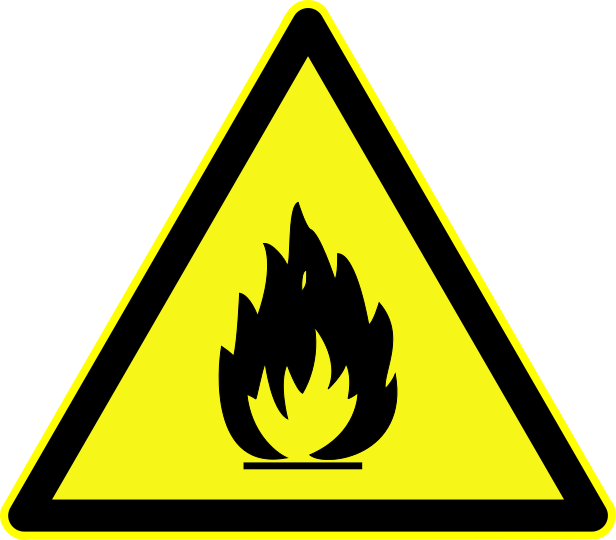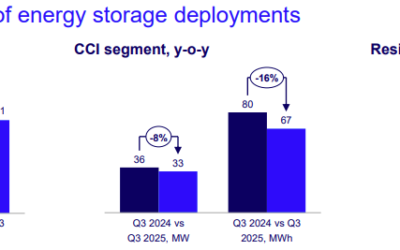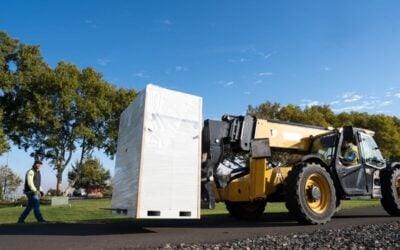
The second draft of the US National Fire Protection Association (NFPA) energy storage system guidance on fire hazards and safe installation best practice for stakeholders has been published.
The standard, NFPA 855, “provides requirements based on the technology used in ESS, the setting where the technology is being installed, the size and separation of ESS installations, and the fire suppression and control systems that are in place,” according to a NFPA release yesterday.
The association said it seeks to inform “designers, builders, facility managers, manufacturers, responders and others” about fire hazards. The NFPA noted that some ESS technologies are becoming increasingly energy dense, increasing their potential usefulness but also presenting challenges that require the first responders and the industry to “become educated and proactive about ESS safety.”
The standard has been in development since 2016 and has taken into account more than 600 public inputs and 800 public comments, while the NFPA also offers online training for fire service members, conducts research, offers factsheets to policymakers and makes resources available online.
Try Premium for just $1
- Full premium access for the first month at only $1
- Converts to an annual rate after 30 days unless cancelled
- Cancel anytime during the trial period
Premium Benefits
- Expert industry analysis and interviews
- Digital access to PV Tech Power journal
- Exclusive event discounts
Or get the full Premium subscription right away
Or continue reading this article for free
Analysis – Andy Colthorpe, Editor, E-S.n
It is thought that the development of more unified standards across industry could not only help with safety but also help streamline installation and permitting processes among other benefits, if done correctly.
Previously, Roger Lin at NEC’s Energy Solutions division has told Energy-Storage.news of his role on the standards committee at NFPA, commenting that “there’s a lot of great stuff in there [ NFPA 855],” including “seemingly trivial” considerations that can end up causing serious problems. Lin noted also that in New York, considered to be the US state with the most stringent fire codes, NEC is testing lithium-ion battery systems to UL standards with New York’s fire department.
On an international note, Tesvolt CEO Daniel Hanneman told Energy-Storage.news earlier this year that for the German systems manufacturer and integrator, gaining certification across diverse regions remains the biggest challenge in forming strategy today.
More to follow on this story.
Subscribe to our newsletter below for a twice-weekly update from Energy-Storage.news.





